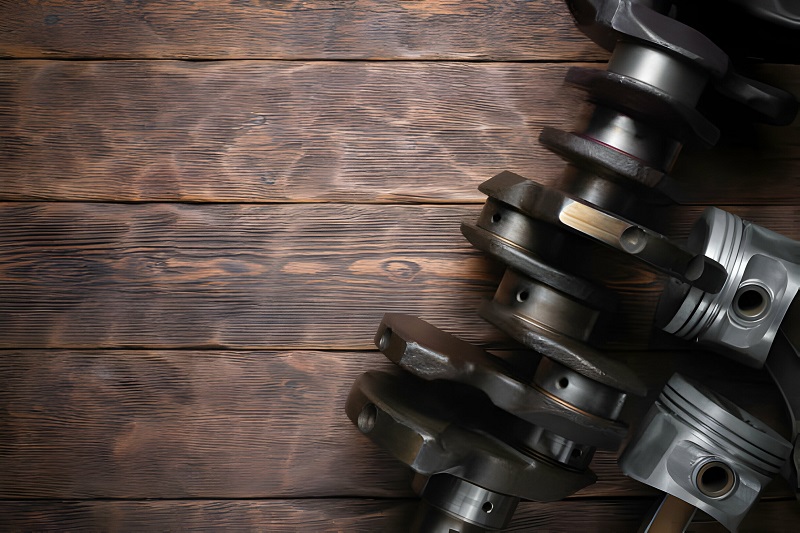In the dynamic world of maritime mechanics, have you ever wondered how the heart of a marine engine, the crankshaft, is tended to when the inevitable wear and tear knock on its door? How does technology contribute to its revival? Jump aboard as we delve into the deep and intricate realm of marine crankshaft repairs.
To the uninitiated, a crankshaft might seem but a mere metallic entity in the belly of a vast marine engine. But it is this steel beast that faithfully converts reciprocating linear piston motion into rotation, thus setting the vessel afloat. But what happens when the ravages of time and relentless work catch up with this sturdy component? Enter the fascinating world of crankshaft repair techniques, where expertise, precision and cutting-edge technology come together to breathe new life into the metal core.
In this enlightening journey, we aim to shed light on the advanced techniques and innovative technologies employed in marine crankshaft repairs, highlighting their practical benefits, possible drawbacks, and their incredible contributions to the maritime industry.
Why is Marine Crankshaft Repair Critical?
Every element of massive maritime machinery plays a crucial role, but the crankshaft is no less than the backbone of this entity. Any damages or irregularities can often result in highly debilitating consequences. From decreasing the ship's overall performance to causing constant engine failure, a faulty crankshaft can prove a costly affair. The ship's speed, fuel consumption, and emissions are heavily influenced by the crankshaft's functioning. Hence, its maintenance and repair demand utmost care and advanced techniques.
What are the Advanced Techniques in Marine Crankshaft Repair?
The heart of an engine deserves the most sophisticated treatment, and the field of crankshaft repair does not disappoint. From traditional grinding methods to more modern orbital cutting, various techniques are employed based on the nature and extent of the damage. However, technology never ceases to evolve, bringing forth more promising and efficient solutions like laser cladding and robotic mechanization. These techniques aim to provide a more refined, accurate, and long-lasting repair.
How Does Technology Contribute to Marine Crankshaft Repairs?
In a world where technology is penetrating every sphere, how has it impacted marine crankshaft repairs? Think state-of-the-art equipment, revolutionary techniques, and seamless integrations designed to do a faster, proficient job. Computerized systems for automated grinding measurements, the use of thermal sprays for surface rejuvenating, and the approach to onsite crankshaft repairs are some of the many innovations making a significant impact.

The Pros and Cons of Advanced Techniques in Marine Crankshaft Repairs
Like a double-edged sword, advanced techniques come with their unique set of pros and cons. While they offer superior quality, precision, and longevity, they may also incur higher costs, demand for technological adeptness, and a longer preparation period. Weighing these benefits and drawbacks is essential in making an informed decision regarding the approach to marine crankshaft repair.
Harnessing the Power of the Hybrid Approach
A combination of traditional wisdom and technological advancement can yield a high-performing efficient system. Adopting a hybrid approach—a mixture of old-world techniques with the agility, accuracy, and automation provided by modern technological tools—could offer an excellent solution in successfully dealing with crankshaft repairs.
Conclusion
In this exploration of advanced techniques and technologies employed in marine crankshaft repairs, we have traversed a vast ocean of information—from the integral role of the seemingly invincible crankshaft to the awe-inspiring techniques used in its maintenance and repair. Technological advancements have brought about a sea change in how we approach marine crankshaft repairs, facilitating precision, efficiency, and notably, potential longevity of the repaired parts. But the question remains, can we find a balance - a marriage of sorts between traditional wisdom and cutting-edge technology? A hybrid approach just might be the key to sailing smooth on these vast marine expanses. For, in the world of maritime mechanics, innovation—like the sea—is boundless, and every wave brings with it a promise of progress.






